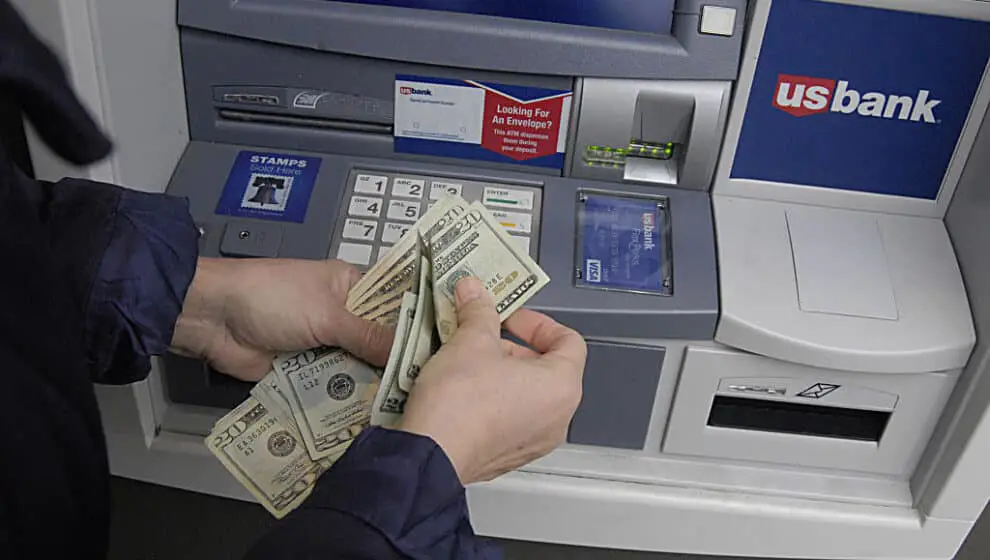The number of automated teller machines (ATMs) across the U.S. is declining as many people rely on digital payments rather than cash.
Key Details
- The number of ATMs in the U.S. are declining each year, going from a peak of 470,000 in 2019 to 451,500 by the end of 2022, according to data from research firm Euromonitor International.
- A Federal Reserve study reported a 12.4% jump in digital transactions between consumers from the first quarter of 2020 to the second. Consumers making those digital transactions for the first time jumped 18% over the same time.
- Cash and checks are expected to fall to 14% of total payments this year from 42% in 2010, with the most significant drop coming just after the pandemic started in 2020, according to Euromonitor estimates.
Why it’s news
During the pandemic, online shopping increased as many people were stuck indoors, and fears of the COVID virus being contracted through handling money made cash sales decrease.
Between the fear of cash and the increase in online shopping, digital payment methods began increasing significantly, and the demand for digital payments has not seemed to slow down as more people rely on digital payments rather than cash.
The decrease in consumers needing cash has resulted in fewer ATMs being scattered across the country due to little use of teller machines. ATMs hit a peak in 2019, with the U.S. having 470,000, but each year since the pandemic, the number of machines has dropped down to the number being at 451,500 at the end of 2022, according to data from research firm Euromonitor International.
Most people have begun to rely on digital payments, but there are still consumers who rely almost entirely on cash, and the decline of ATMs has been a problem as they have to travel far to find a machine when before 2020, the machines were on nearly every corner.
Although the demand for cash and ATMs has slowed significantly, banking experts say that ATMs are a key aspect of the banking industry, and the machines are not expected to go extinct anytime soon.
